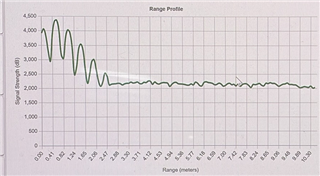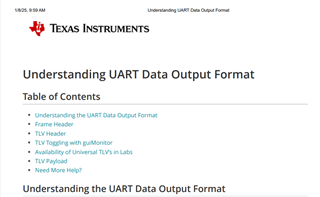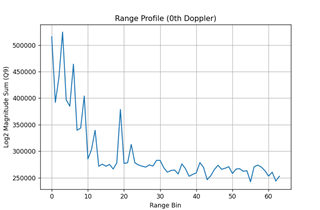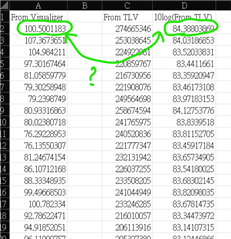Other Parts Discussed in Thread: AWR6843, AWRL6844
Tool/software:
Hi Ti experts,
I am currently using the AWRL6844EVM for measurements and operating through the Low Power Visualizer interface.
However, I noticed that the signal strength value in the Range Profile is extremely high.
How is this number obtained?
What is the calculation method behind it?
BR,
Vincent






